Temporary Exhibit Closures:
The museum remains open as work progresses to redesign/refurbish exhibit spaces within. Click on the "more >" link below to see which exhibits are currently affected.
| Title | Ellis Island |
| Park Code | elis |
| Description | Millions of Americans and people around the world have ancestors who came through Ellis Island. The Main Immigration Building was the epicenter of one of the greatest migrations in modern history. Today, Ellis Island is a memorial to all who purs... |
| Location | |
| Contact | |
| Activities |
|
| Entrance fees |
|
| Campgrounds | Count: 0
|
| Places | Count: 13
30 minute - Walking in the Immigrant Footsteps TourOpened in 1892 this Federal Immigration Station processed more than twelve million immigrants before closing in 1954. Although a National Park Service site since 1965, the Ellis Island Main Building didn't open until 1990. Start your 30-minute tour reading about the Baggage Room. 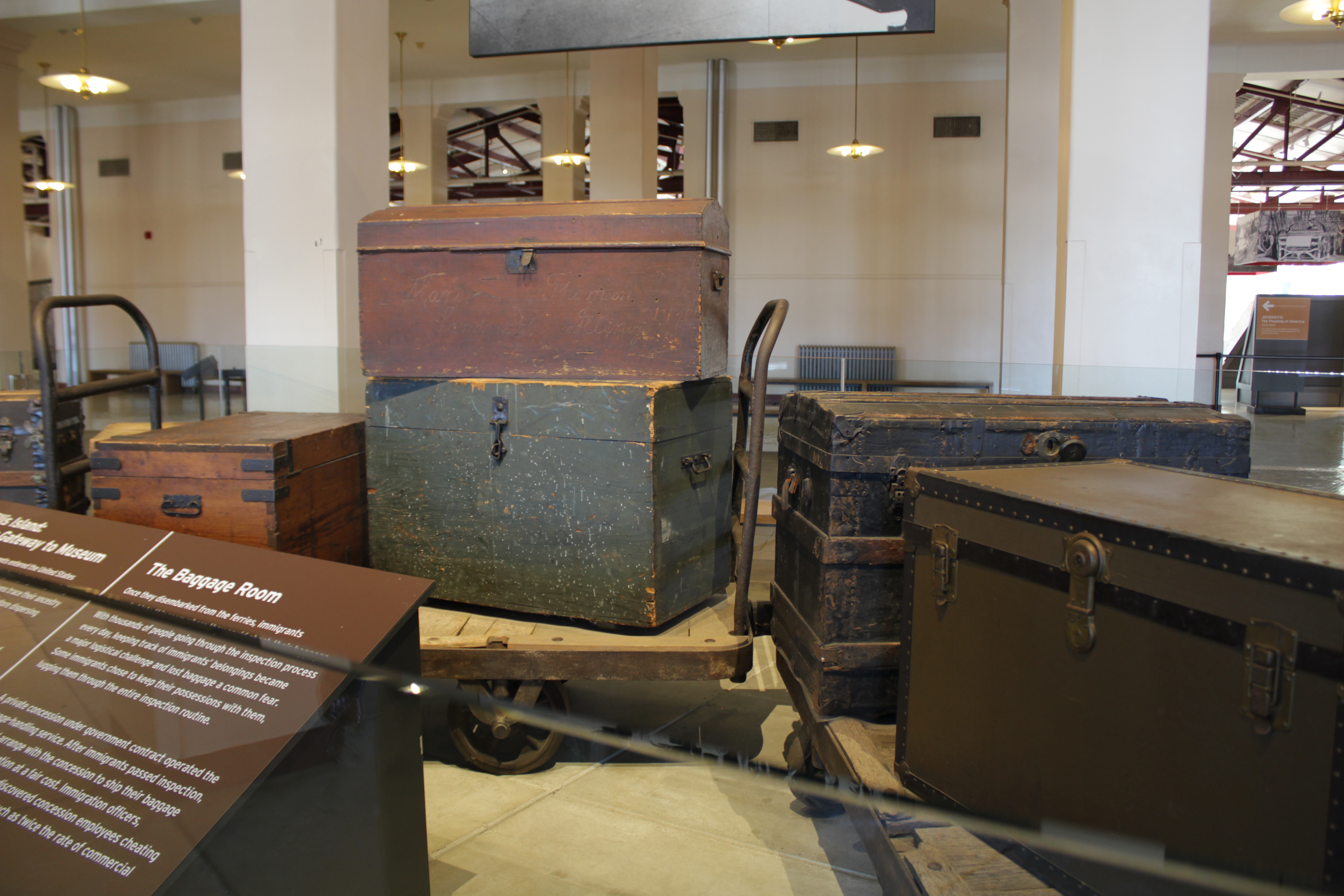
Ellis Architectural HighlightsMain Immigration Building - front elevation: The monumental Main Immigration Building opened at the end of 1900 to replace the original wooden station that burned in 1897. The New York firm of Boring & Tilton was chosen as the architects after an invitational competition, only the second held under the Tarsney Act of 1893 allowing private architects to compete for government commissions. Both principal architects had studied at the École des Beaux Arts in Paris. 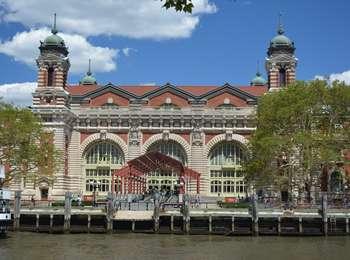
Ellis CafeAmenities Food Service available at Ellis Island 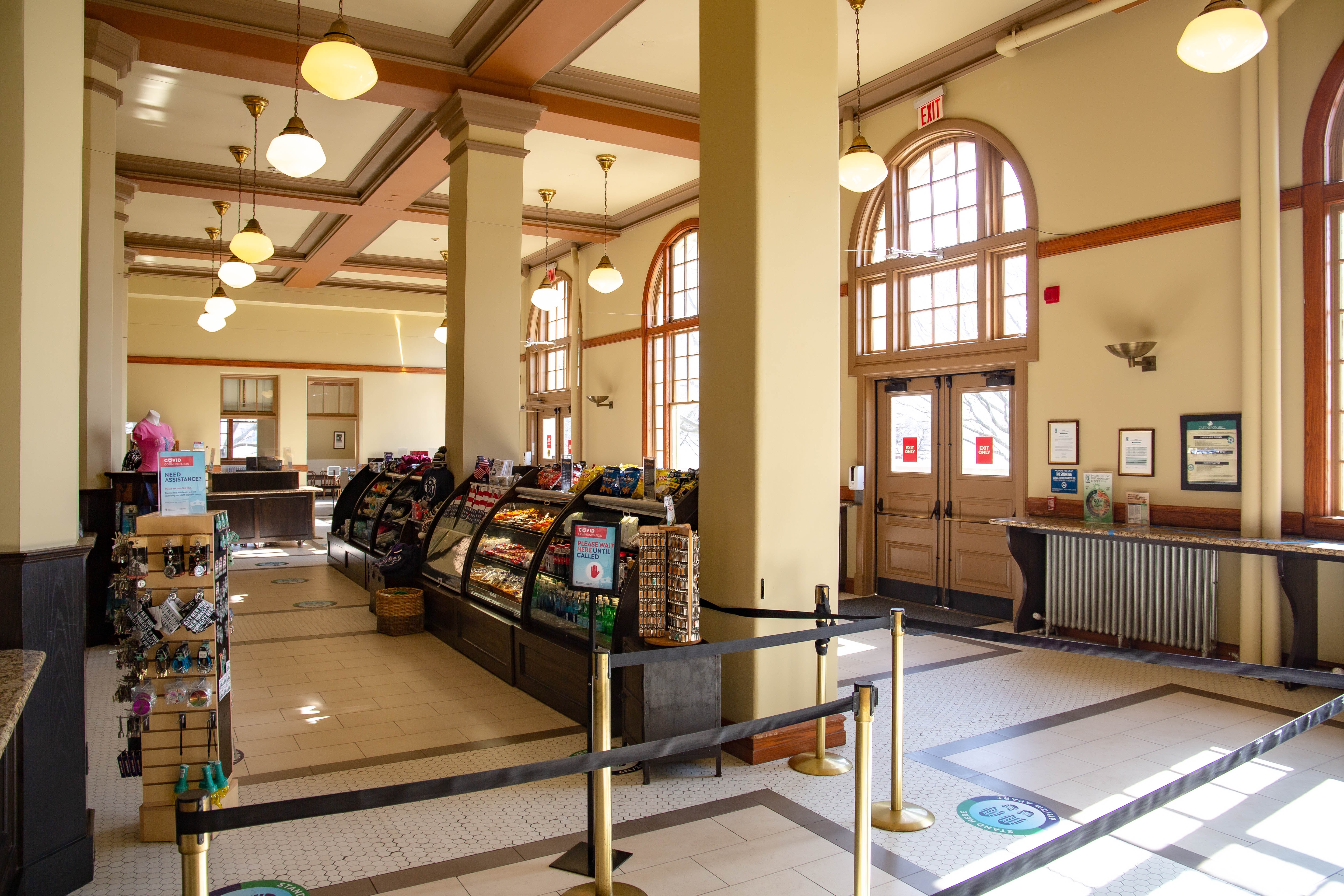
Ferry Building WaysideOverlooking the Ellis Island slip, the Ferry building has undergone may changes over the years. Today you see the third evolution of this building as a primary docking area for National Park Service boats. 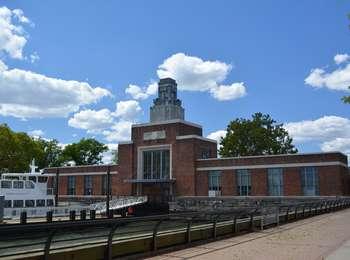
Ferry: Ellis Island to Battery Park, New YorkBoard the Statue Cruises Ferry here to return to The Battery, New York.<br />On the Statue Cruises website, click on "menu," then "Departure Schedule" for today's Ferry Schedule. <a href="http://statuecruises.com">Ferry Schedule <b>From New York</b> </a> 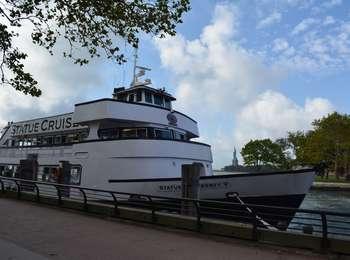
Fort GibsonIn the early 1800's, the young American government realized that Ellis Island, with its clear view of the entrance to New York Harbor, had strategic value as a defense post. Since the British had easily invaded New York with very little resistance during the American Revolution, the protection of New York became a top priority for the new government. Preceding the War of 1812, the United States War Department constructed Fort Gibson (named after Colonel James Gibson who was f 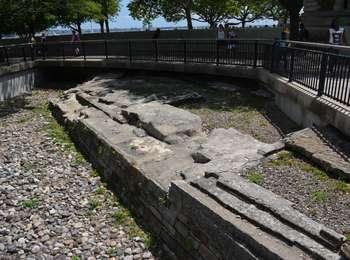
Great Hall Benches (2nd Floor)Since 1912, millions of immigrants in the Great Hall waited on benches wondering if they would be allowed to enter the United States. Today, you may sit in the same place - and consider what your thoughts and feelings would be - as you awaited legal inspection. The dark benches are originals dating between 1912 and 1924. The golden benches are replicas, fabricated by New York State high school students. Learn more about the schools, the students and their benches on the 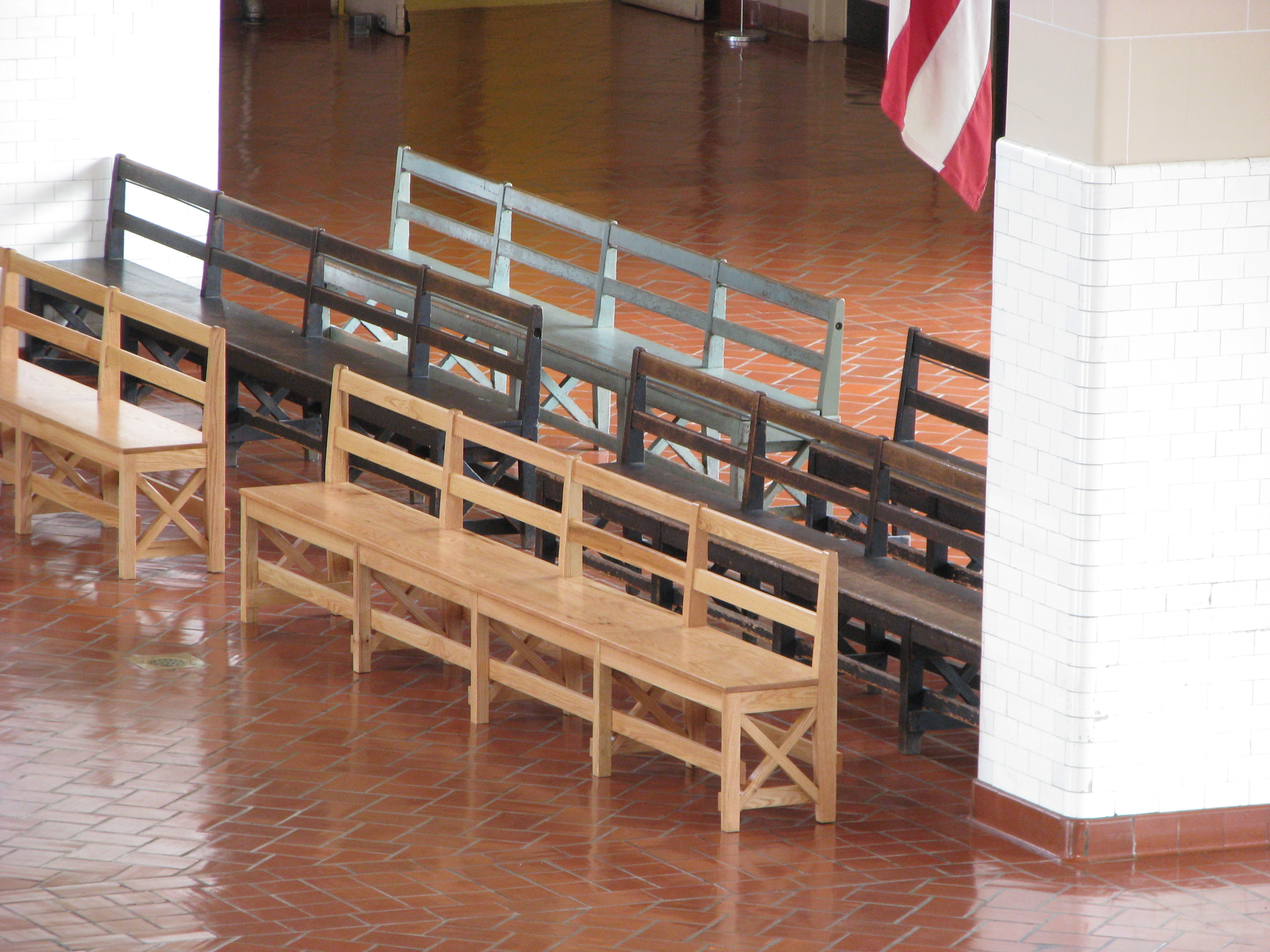
Historic Legal Inspection (2nd Floor)Inspectors behind desks asked immigrants their name, home town, occupation, destination, and amount of money they carried. Those allowed to pass continued downstairs. Those detained for additional legal examination waited for an opportunity to explain further in the Board of Special Inquiry room, where their Hearing would be held. About one percent would be denied admission for violation of America laws. Watching the clock? Come back and read the legal question sections 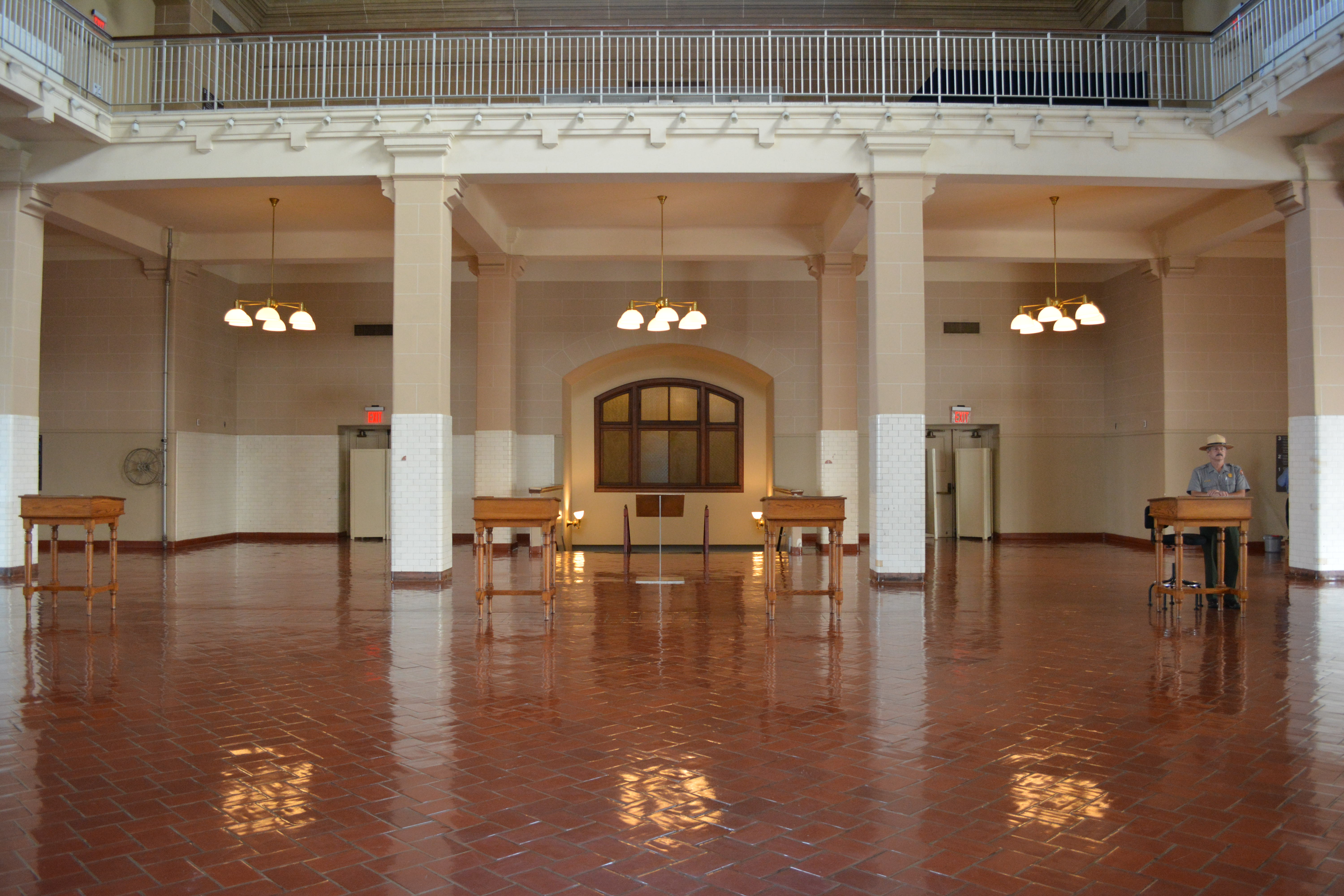
Historic Medical Inspection (2nd Floor)As immigrants entered the building and climbed the stairs, doctors watched for a limp, labored breathing, or other suspected troubles. While ten percent were held back for additional medical examination, eventually all but one percent were allowed entry to the United States. After you read about the Doctors and the Six-Second Exam, walk across the Great Hall and have a seat on one of the Benches before scrolling to the Great Hall Bench Section. 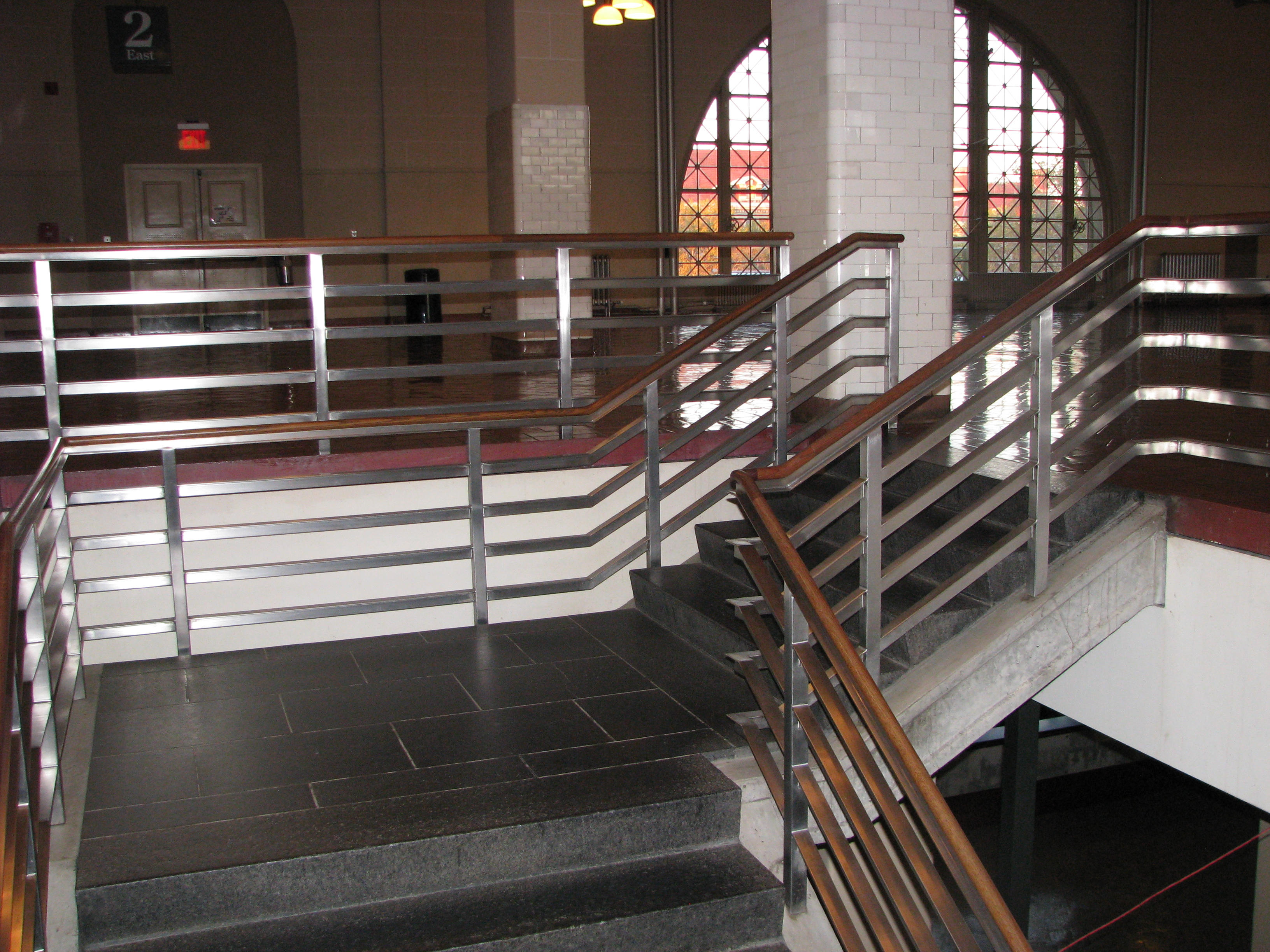
Museum - 2nd Floor WestExhibit describing the immigrant's experience on Ellis Island. 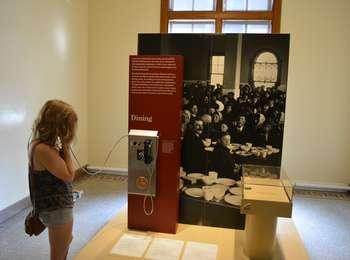
Registry Room - Great Hall (2nd Floor)Today, the enormous arched windows and immense open spaces of the Registry Room evoke a feeling of grandeur. For the immigrants, however, the room was often a loud, confusing and frightening place. Nearly every day, for over two decades (1900-1924), the Registry Room was filled with new arrivals waiting to be inspected and registered by Immigration Service officers. On many days, over 5,000 people would file through the space. For most immigrants, this great hall epitomized E 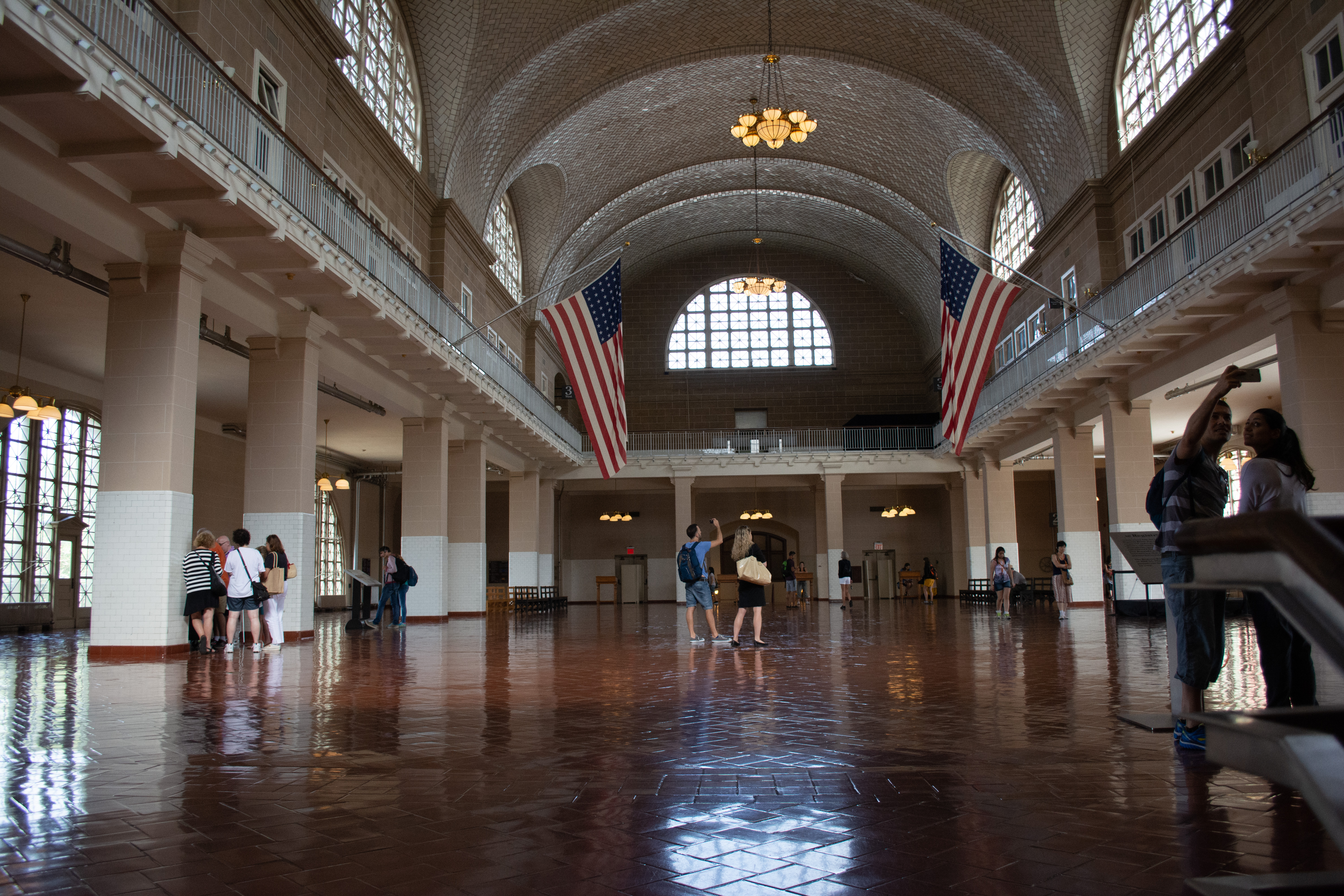
South Side WaysideAcross the ferry slip on Ellis Island's south side, you'll find an amazing group of wards, residences, labs, laundries and kitchens which once made up the largest U. S. Public Health Service hospital in the country. Here doctors inspected and treated 1.2 million immigrants who arrived with illnesses or infirmities. In these buildings, immigrants learned if America's door would swing open to them or close because of a "loathsome or contagious" disease. Here, they also recei 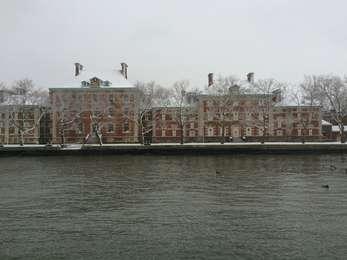
Stairs of SeparationThe Stairs of Separation acquired this name because each staircase led to a different destination. The south staircase (to your left, looking down) was for immigrants who were allowed entry and going to the New York dock. The north staircase (to your right, looking down) was for immigrants who were allowed entry but wanted to exchange currency, purchase a railroad ticket or snack before heading to either New York or New Jersey. The center staircase was for immigrants who w 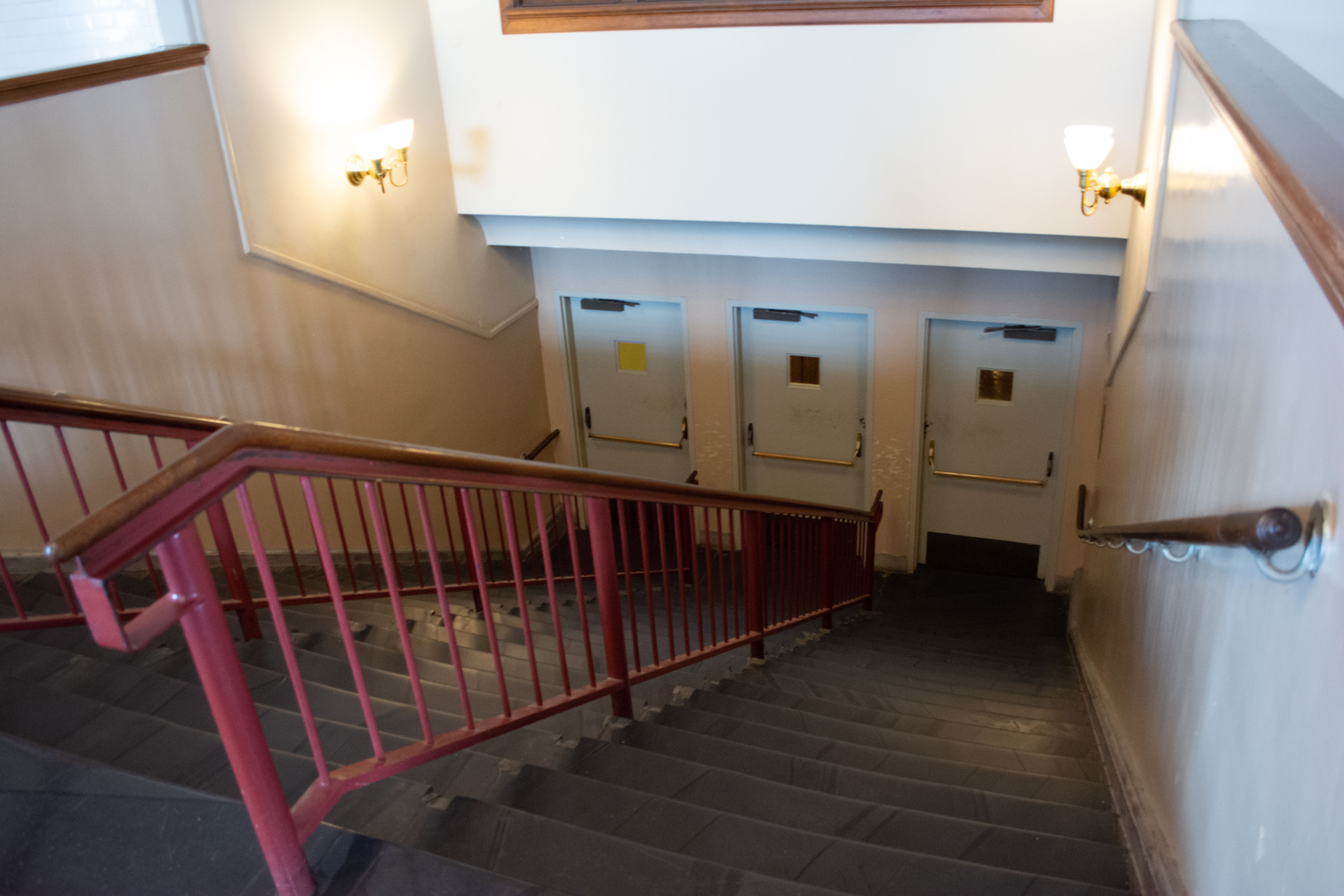
|
| Visitor Centers | Count: 1
Ellis Island Information Desk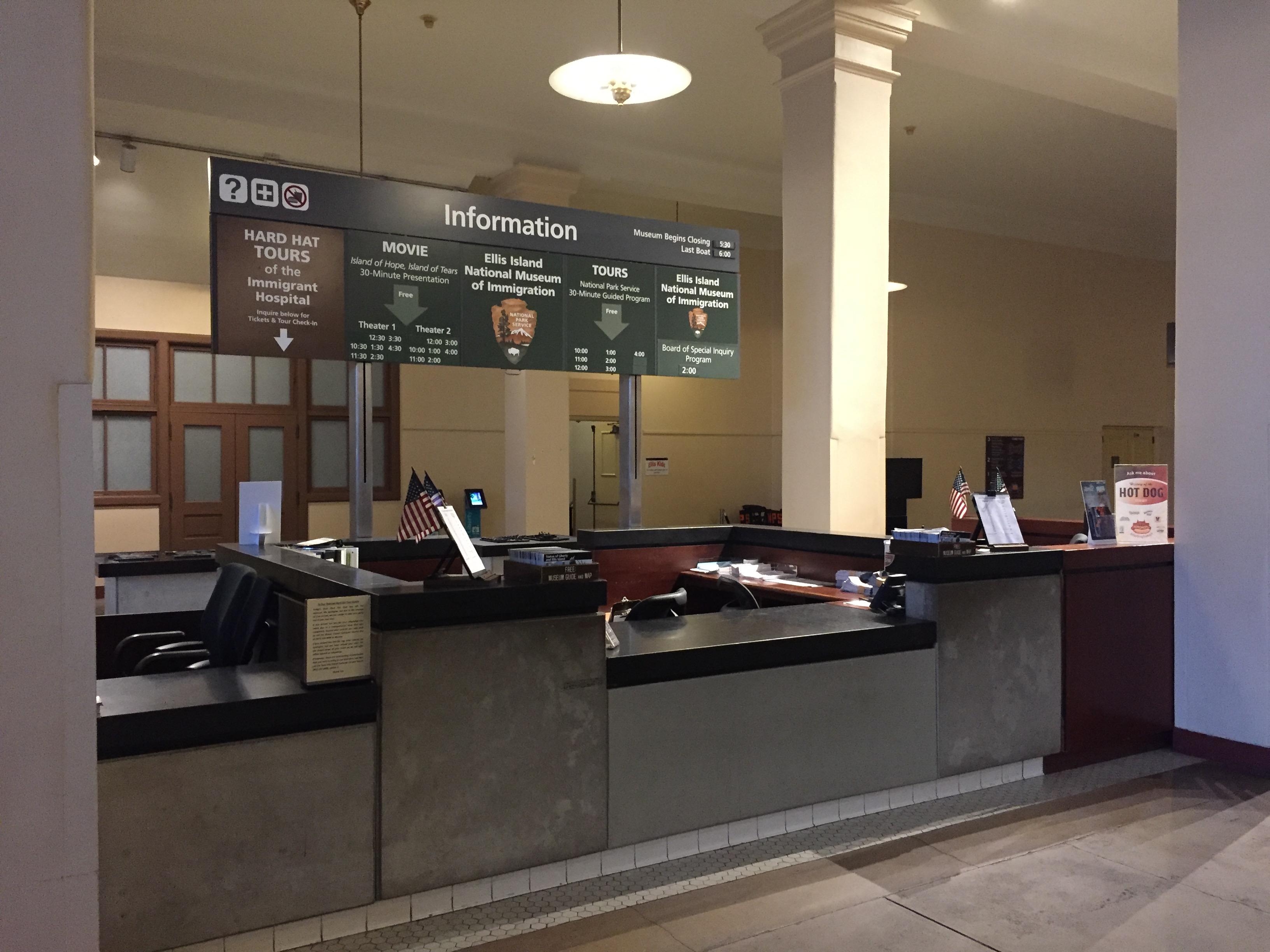
|
| Things to do | Count: 5
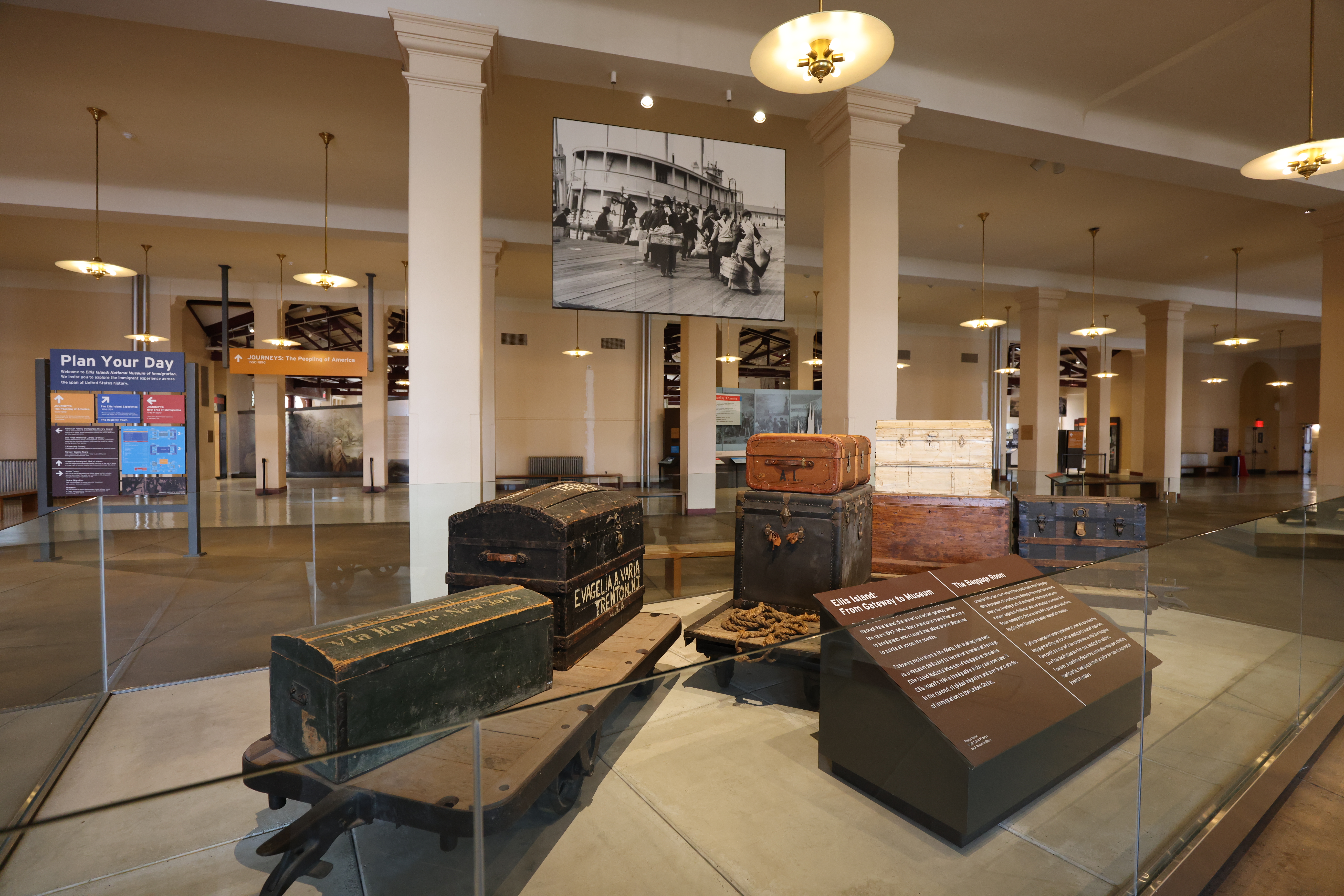
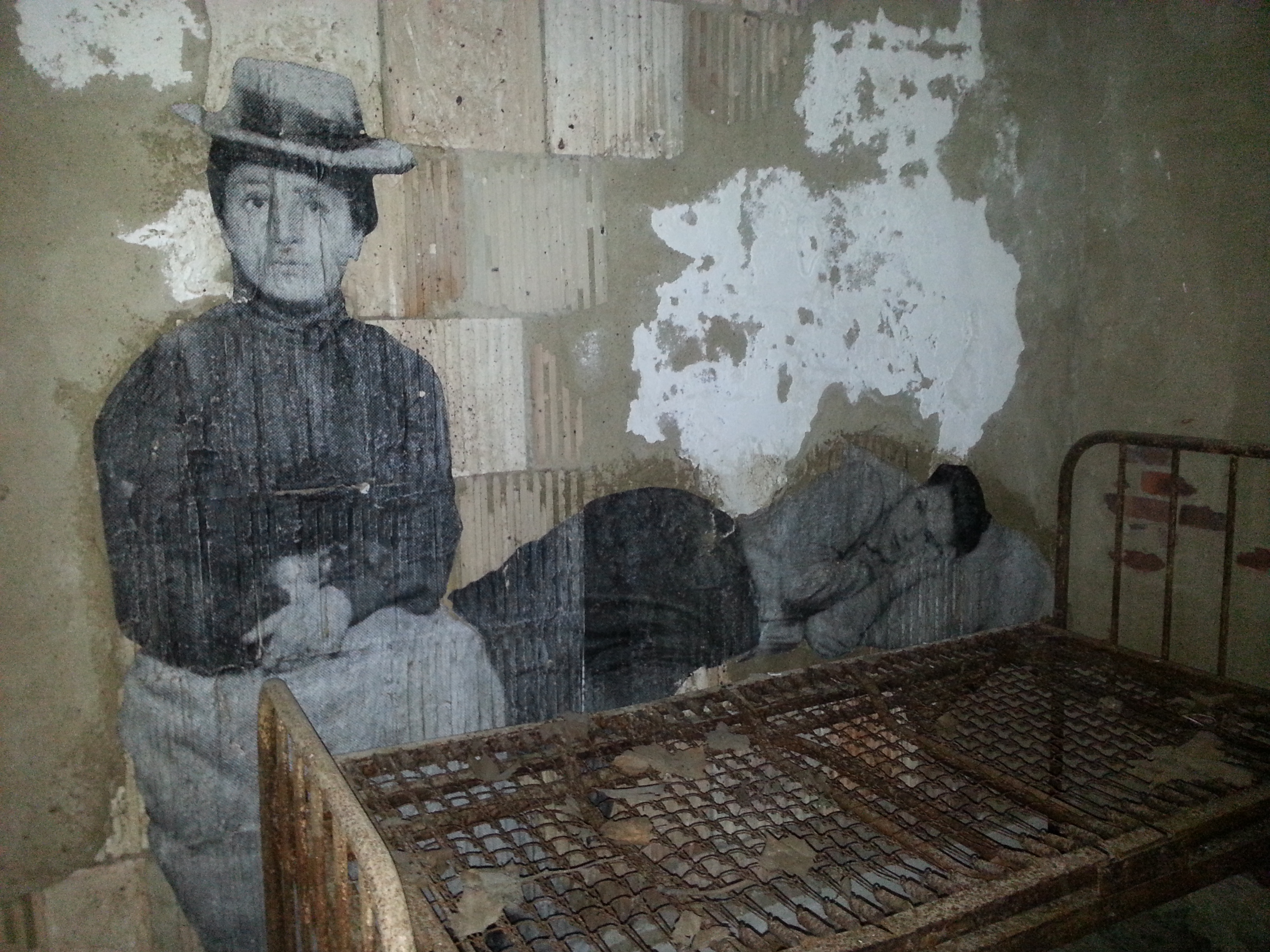
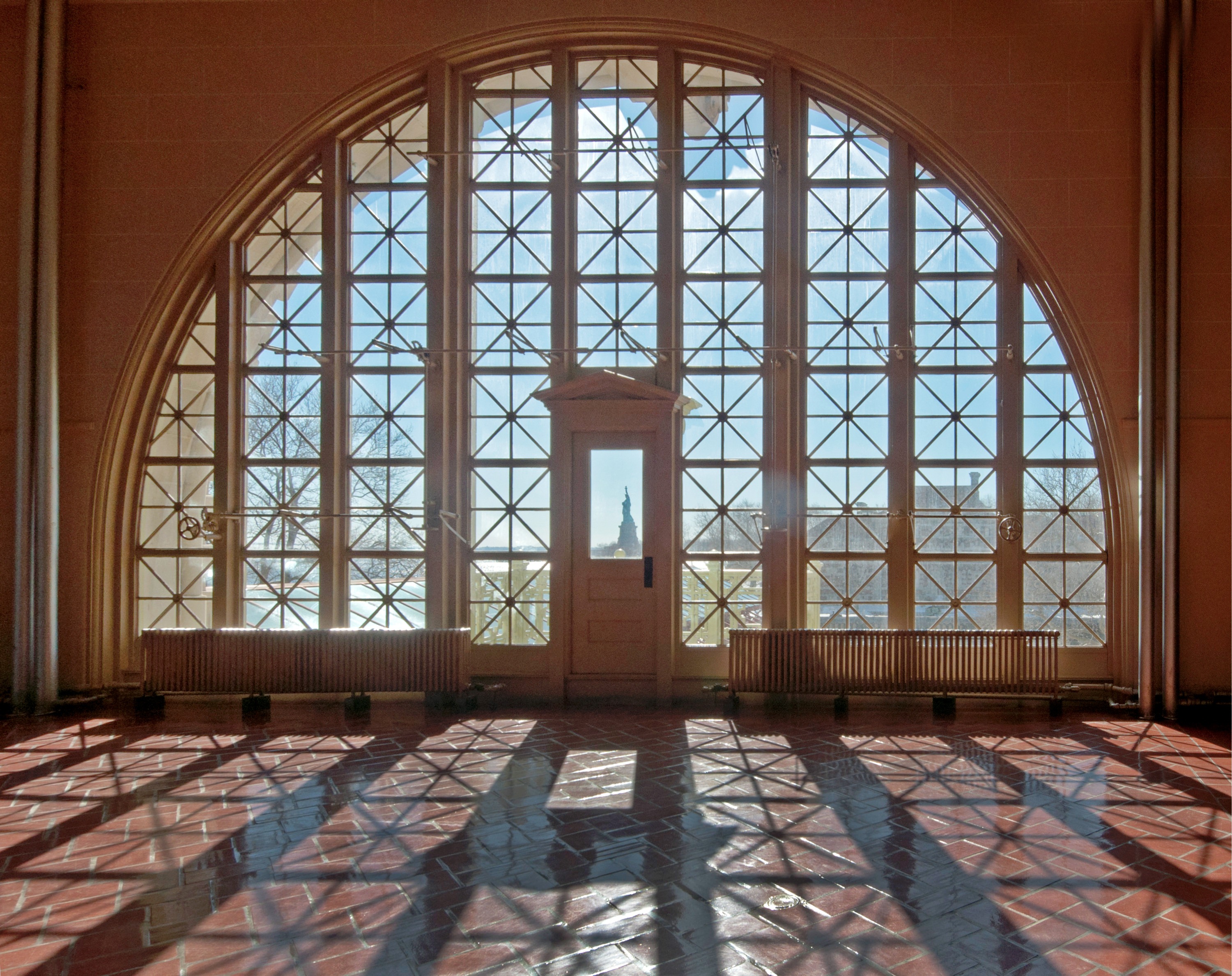
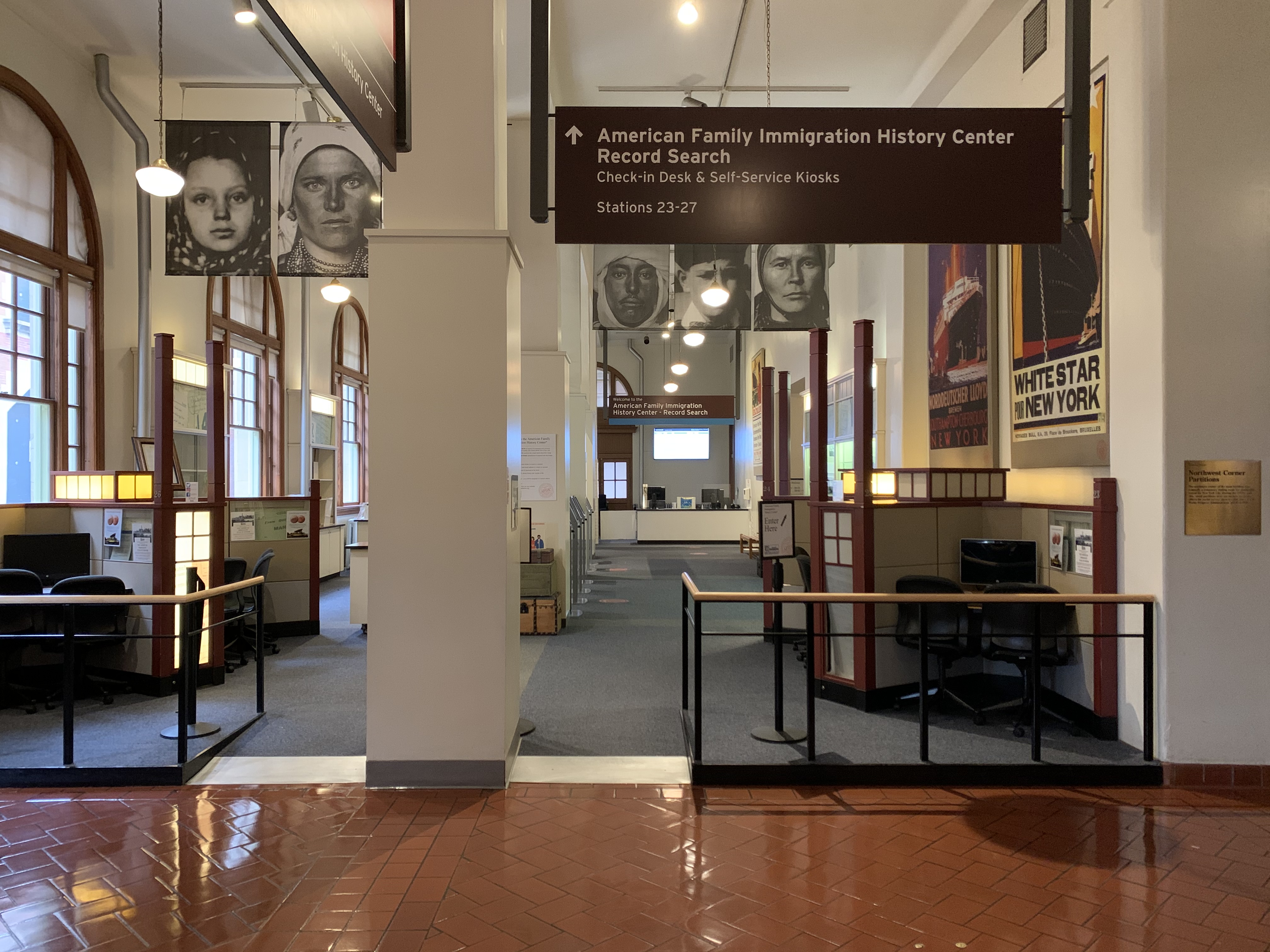

|
| Tours |
Count: 0
|
| Articles |
|